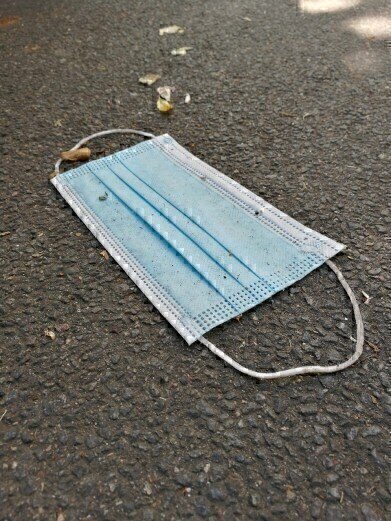Water/Wastewater
Where Does Coronavirus Waste End Up?
Jul 25 2020
Environmental groups are warning that the adoption of single-use face masks and gloves to combat coronavirus could lead to an inadvertent surge in ocean contamination. The world’s rivers, lakes and seas are already being inundated with a staggering amount of plastic pollution on a daily basis and the emergence of a widespread disposable commodity such as single-use personal protective equipment (PPE) is only set to exacerbate the problem.
In fact, conservation groups from locations as diverse as France and Hong Kong have already begun sounding the alarm after finding face masks and latex gloves washing up on their coastlines. In the latter instance, a significant amount of the refuse was discovered on the beaches of an uninhabited island, signalling how far and wide the pollution can easily spread.
Grave tidings
Officials from the French non-profit organisation Opération Mer Propre gave advance warning of the undesirable environmental implications of coronavirus as far back as May, when dozens of masks, gloves and empty bottles of hand sanitiser were found along the coastline of the Côte d’Azur. Although the quantities that the team encountered were not overwhelming, the incident fuelled fears that it may be a sign of things to come.
Those fears are not without basis. The French government alone has already ordered two billion single-use face masks to protect its citizens, but the disposable nature of the items has conservationists worried that the masks will soon outnumber marine species in the waters surrounding the country.
The problem is not one confined to the Mediterranean, either. In Hong Kong, a local conservation group called OceansAsia reported finding around 70 discarded masks on a 100m stretch of coastline – on the nearby Soko Islands. The most concerning aspect? The archipelago consists of nothing more than a series of rocky outcrops with no human inhabitants, indicating how ubiquitous plastic pollution can become.
A global epidemic
While the fears of coronavirus waste add fresh impetus to the concerns of environmentalists everywhere, the problem of plastic pollution is nothing new. In 2018, the UN estimated that as many as 13 million tonnes of plastic enter our seas and oceans each year, creating a significant problem for the biodiversity which finds its home under the waves.
As well as trapping the limbs of marine birds, mammals and fish, plastics can also break down into even more dangerous microplastics. So named for the microscopic size of the particles, these items can be mistaken by marine life for food and become ingested, potentially threatening the functions of their internal organs. What’s more, they can accumulate in the animals’ systems over time and when they are eaten by predators, build up to alarming quantities.
While thoughtless disposal of these items is certainly part of the problem, some of the responsibility must lie with the manufacturers, as well. Encouraging consumers to seek out reusable face masks rather than disposable ones, and favour frequent hand-washing instead of single-use latex gloves, is a vital piece of the puzzle in finding a way out of the both the viral pandemic – and the plastic one.
Digital Edition
IET 34.2 March 2024
April 2024
Gas Detection - Biogas batch fermentation system for laboratory use with automatic gas analysis in real time Water/Wastewater - Upcycling sensors for sustainable nature management - Prist...
View all digital editions
Events
Apr 30 2024 Melbourne, Australia
Apr 30 2024 Birmingham, UK
May 03 2024 Seoul, South Korea
May 05 2024 Seville, Spain
May 06 2024 Minneapolis, MN, USA


















